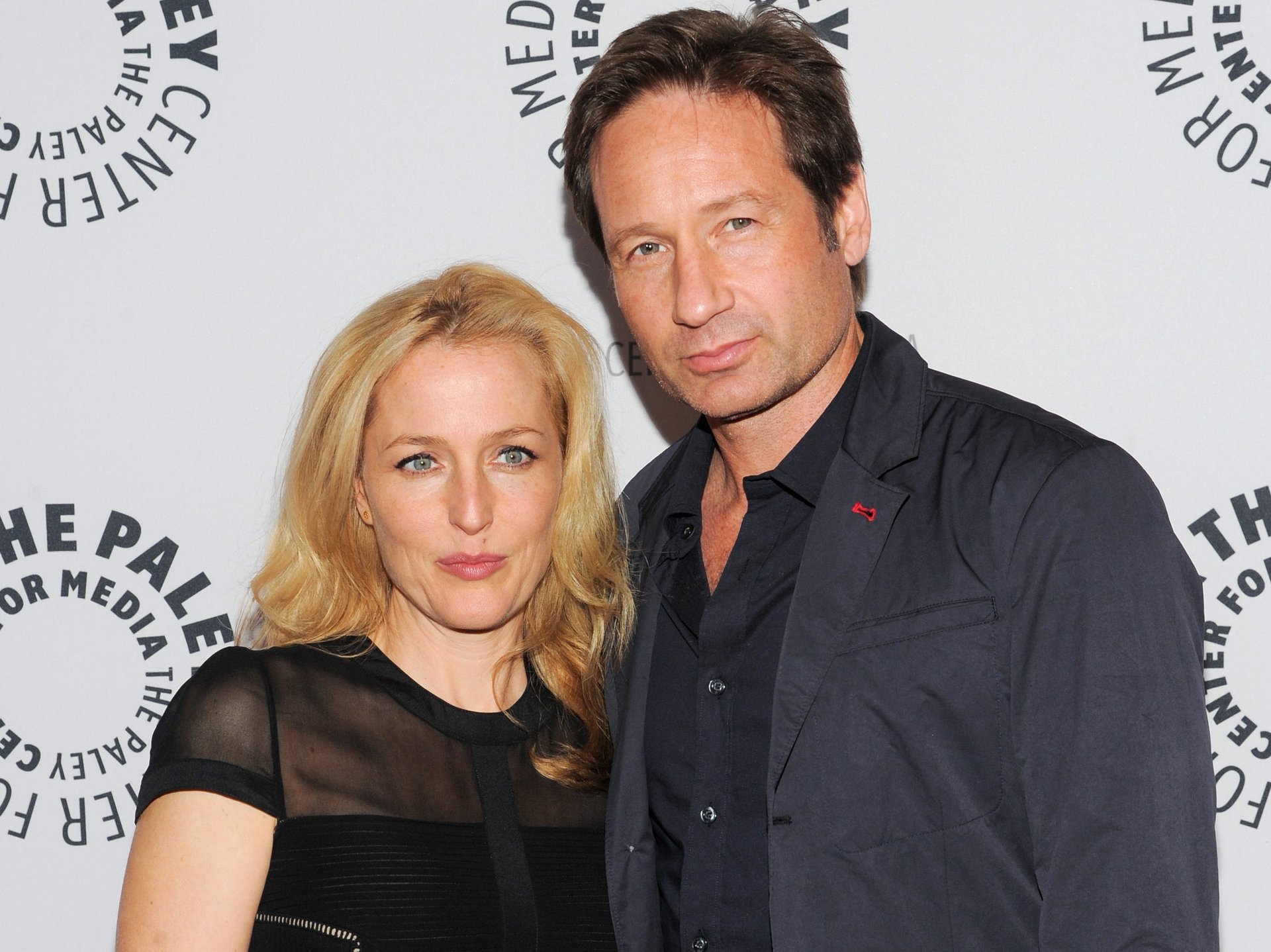“Shipping,” and other cultural concepts we can trace back to the X-Files
Twenty five years ago today, we watched agent Dana Scully walked into Fox Mulder’s FBI office in the series premiere of The X-Files. Though the shoulder-padded skirt-suit Scully wore in the pilot may look dated now, but the show went on to change TV and how fans interact with it.


Twenty five years ago today, we watched agent Dana Scully walked into Fox Mulder’s FBI office in the series premiere of The X-Files. Though the shoulder-padded skirt-suit Scully wore in the pilot may look dated now, but the show went on to change TV and how fans interact with it.
Here are some of the many ideas and cultural tropes that the X-Files spawned—strange phenomena that we still see lurking in pop culture today:
Online fandoms
These days, online fan communities have become powerful enough to call the shots in Hollywood. But when the X-Files premiered in 1993, the internet was still a novelty. Few TV shows had active fanbases online, and the X-Files was the first 1990s show to have a truly devoted online community of fanatics.
After early internet acronyms like LOL and BRB took off, X-Philes, as they called themselves, developed their own shorthand: XF for X-Files, GA for Gillian Anderson, DD for David Duchovny, CC for series creator Chris Carter, CSM for Cigarette Smoking Man. Fans shared theories, art, and, of course, fanfiction—Gossamer, a site devoted to archiving all X-Files fanfiction, was one of the most comprehensive early fanfiction projects. Now that the Fifty Shades series, originally Twilight fanfic, has achieved massive popularity, it’s safe to say that fanfiction has entered the mainstream.
The “Scully effect”
For many girls, Dana Scully, who never failed to remind us that she is a medical doctor and scientist, was the first female scientist they’d seen on TV. At the 2013 New York Comic Con, Gillian Anderson said she has received countless letters from female fans saying they were inspired by Scully to pursue a career in medicine or science, a phenomenon that’s been dubbed “the Scully effect.”
While there isn’t yet any peer-reviewed research on the phenomenon, a survey earlier this year (commissioned by 21st Century Fox, so to be taken with a pinch of salt) found that Scully fans are more likely to believe that STEM fields were important.
The golden age of TV
Many acclaimed writers and producers cut their teeth working on the X-Files. To name just a few:
- Vince Gilligan, a member of the writing team, went on to create Breaking Bad.
- Director Michelle MacLaren also went on to work on Breaking Bad, as well as l Westworld, Game of Thrones, and The Walking Dead.
- Producer Frank Spotnitz is now working on Amazon’s Man in the High Castle.
- Howard Gordon, also an X-Files producer, went on to develop 24 and Homeland.
Then there were the many actors who had bit parts or cameos on the show before they made it big. See: Seth Green as a young stoner; Jack Black as an arcade owner; Shia LaBeouf as a sickly boy; and Luke Wilson as a small-town sheriff.
“Shipping”
Mulder and Scully were the OG “ship”—when fans wish or imagine their favorite characters in romances.
The chemistry between Mulder and Scully was undeniable, and a common X-Phile acronym used in episode recaps or fanfic was UST, for Unresolved Sexual Tension. Soon, fans divided themselves into two camps: on one side the relationshippers (shippers for short) or MSRs (Mulder/Scully Romance); and on the other the no-romancers (noromos).
Now, fans of films and shows casually “ship” characters—Harry Potter and Hermione, Captain Kirk and Spock. They even ship real humans: Kate Winslet and Leonardo DiCaprio; Tessa Thompson and Janelle Monáe.
And inevitably, plenty of X-Philes ship David Duchovny and Gillian Anderson, posting speculation about the two actors, and hoping that their on-screen chemistry carries over into real life. (We want to believe.)